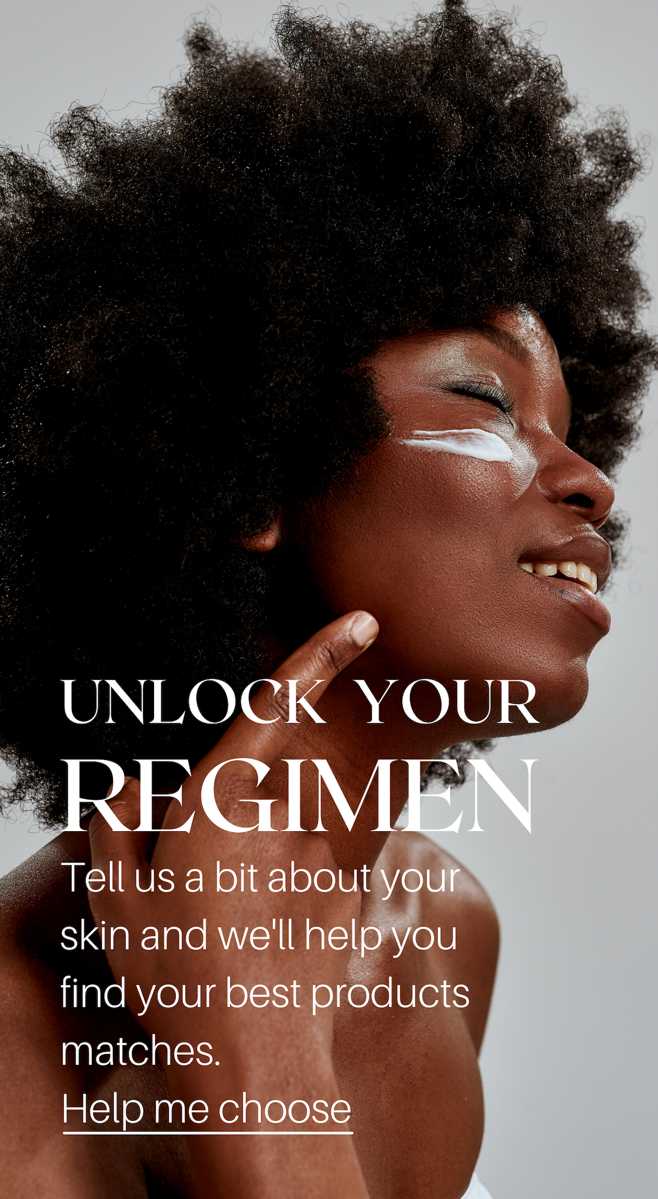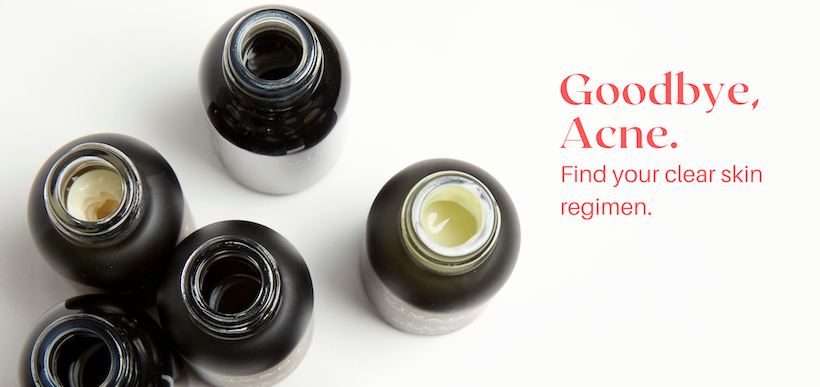How to Deal with Ingrown Hairs and the Dark Spots They Leave Behind

With about 5 million hair follicles on the surface of your skin, the odds of getting an ingrown hair at some point are fairly high. They’re itchy, painful, and they often leave behind dark marks as a not-so-subtle warning that you haven't seen the last of them.
The worst part? All your efforts to keep your skin velvet smooth also happen to be the surest ways of triggering one of these sore, tender bumps. To avoid the dreaded ingrown hair and the marks they leave behind, here’s everything you need to know.
WHAT CAUSES INGROWN HAIRS?
Ingrown hairs result from hair becoming trapped within the skin, leading to inflammation and sometimes infection. It can happen organically, but it's usually the result of trauma to the follicle. Shaving too close, plucking, waxing can all cause trouble by disrupting the hair’s natural growth path within the follicle. A buildup of dead cells can also contribute to ingrown hairs by blocking the follicle.
PREVENT INGROWN HAIRS
Vivant’s Daily Repair Pads offer the perfect solution for daily defense and repair from ingrown hairs. The textured, single-use pads are steeped in a gently exfoliating, healing, soothing, and brightening blend of mandelic acid, niacinamide, and zinc ferment. Use them twice a day to decongest pores, kill bacteria, calm irritation, and promote smooth, even-toned, healthy skin.
HOW DOES AN INGROWN HAIR CAUSE HYPERPIGMENTATION?
Ingrown hairs are often accompanied by bacteria and inflammation in the follicle, which causes the skin to mobilize a protective response in the form of increased melanin. The dark spots that appear are known as post-inflammatory hyperpigmentation.
THE BEST WAY TO HEAL, PREVENT, AND REPAIR
Mandelic acid is a gentle AHA that addresses the inflammation, bacteria, and pigmentation issues associated with ingrown hairs. Antimicrobial properties deal with any bacterial infection, while its calming assets defuse redness and swelling. Its anti-melanogenic abilities interrupt the pigment response to block hyperpigmentation from forming. And its gentle exfoliating properties keep pores from becoming impacted.
TREATMENT TIPS
1. Apply a warm compress to soothe and reduce inflammation.
2. Don’t pluck or poke. This is likely to introduce bacteria and further inflame the bump, increasing the chances of hyperpigmentation.
3. Wait until the issue has resolved before going back to shaving or engaging in further hair removal at the site.
DARK SPOT REPAIR
Dark spots can be targeted at the cellular level with depigmenting agents that inhibit excess melanin production and at the surface level with exfoliating agents that slough off dead cells, helping disperse excess pigment.
For targeted dark spot repair, incorporate products with melanin-inhibitors, antioxidants, and exfoliating acids into your daily regimen.
Vivant’s 8% Mandelic Acid Serum is the perfect complement to Daily Repair Pads, targeting pigmentation at the cellular level and promoting cell turnover to diminish dark spots on the skin’s surface.
Remember to apply SPF daily to protect against UV rays, as exposure can worsen the appearance of dark marks over time.
DISCOVER 6 ACIDS WITH BRIGHTENING SUPERPOWERS



Comments